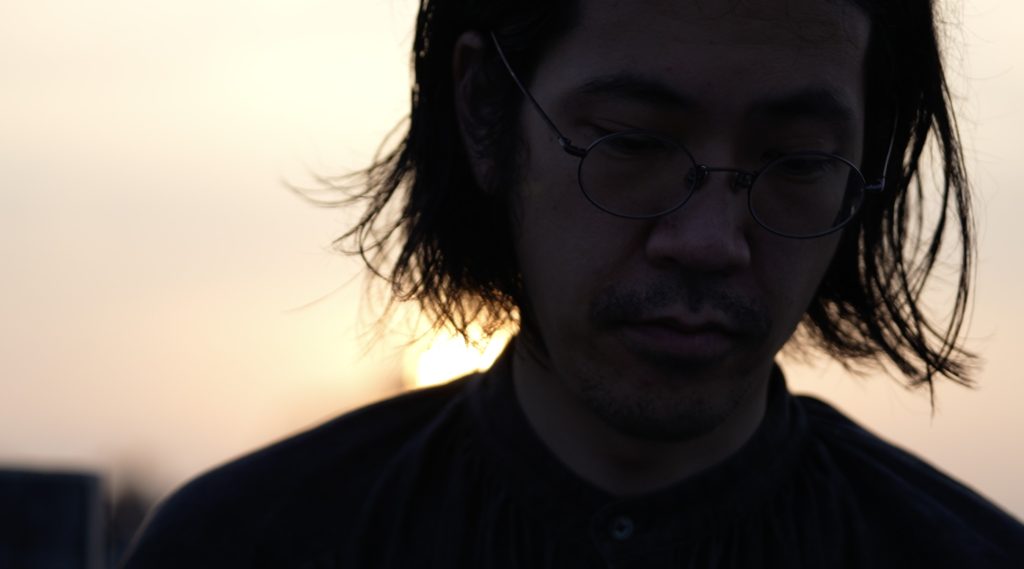
In the previous story, we touched upon Kotuka(Bone Song) (2014), Taro’s first composition that fully embraced gagaku. Since then, gagaku has deeply permeated his creative process.
2015
Taro participated in The World, a concert blending sound and visuals at the Toyo Ito Museum of Architecture, Oomishima, Ehime Prefecture. Due to poor weather, the event was relocated to the Oomishima Community Hall. Collaborating with video artist Kazumasa Teshigahara and video engineer Tomoya Kishimoto, Taro created an experience where the visual resonated with the dora(gong)’s echo—a key instrument in gagaku. Taro even opened the hall’s large windows, inviting Oomishima’s unique environment into the performance space. Whether by chance or design, this echoed the Heian period's traditional practice of harmonizing gagaku with nature.
2016
The second Gagaku Space concert was held at the Iwata Ken Mother and Child Museum, organized by the Toyo Ito Museum. Gagaku ensemble Reigakusha, featuring Hitomi Nakamura (hichiriki), Kazuko Hibi (sho), and Yoshiyuki Izaki (ryuteki), performed Taro’s newly composed Eternal Landscape. This piece, written specifically for the concert, explored the themes of eternal peace in the afterlife and the sadness of being unable to return to the living world.
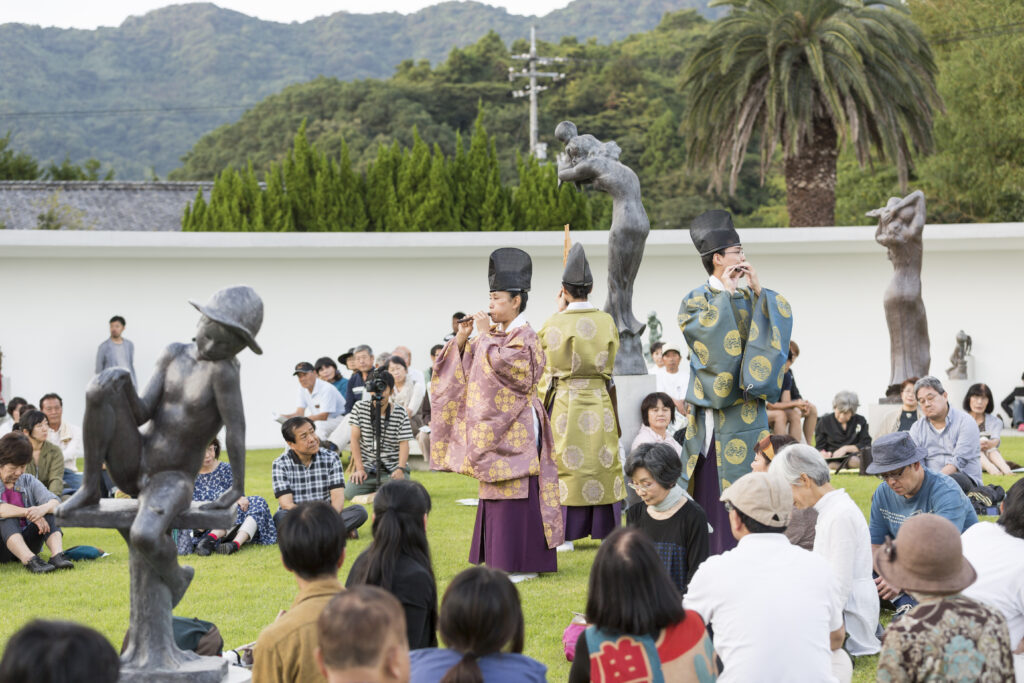
2017
Taro and his family moved from Tokyo to Nasu Town. Freed from the constant noise of urban development, surrounded by the sounds of nature, Taro's creativity experienced a significant shift. He remarked, “I might not have survived if I had stayed in Tokyo.” The resonance between Taro and gagaku continued to expand.
2018
Taro composed Asobi, a solo piece for the gagaku biwa, for the exhibition Benches of the Brazilian Indigenous Peoples: Human Imagination and Wildlife at the Tokyo Metropolitan Teien Art Museum.
2020
Taro collaborated with Oorutaichi, mama!milk, and the Kyoto Symphony Orchestra in a concert held at the Kyoto City Kyocera Museum of Art as part of Night with Art 2020. Together, they reinterpreted the classical gagaku piece Heicho Bairo, with new music titled Kemono, arranged for an orchestral ensemble.
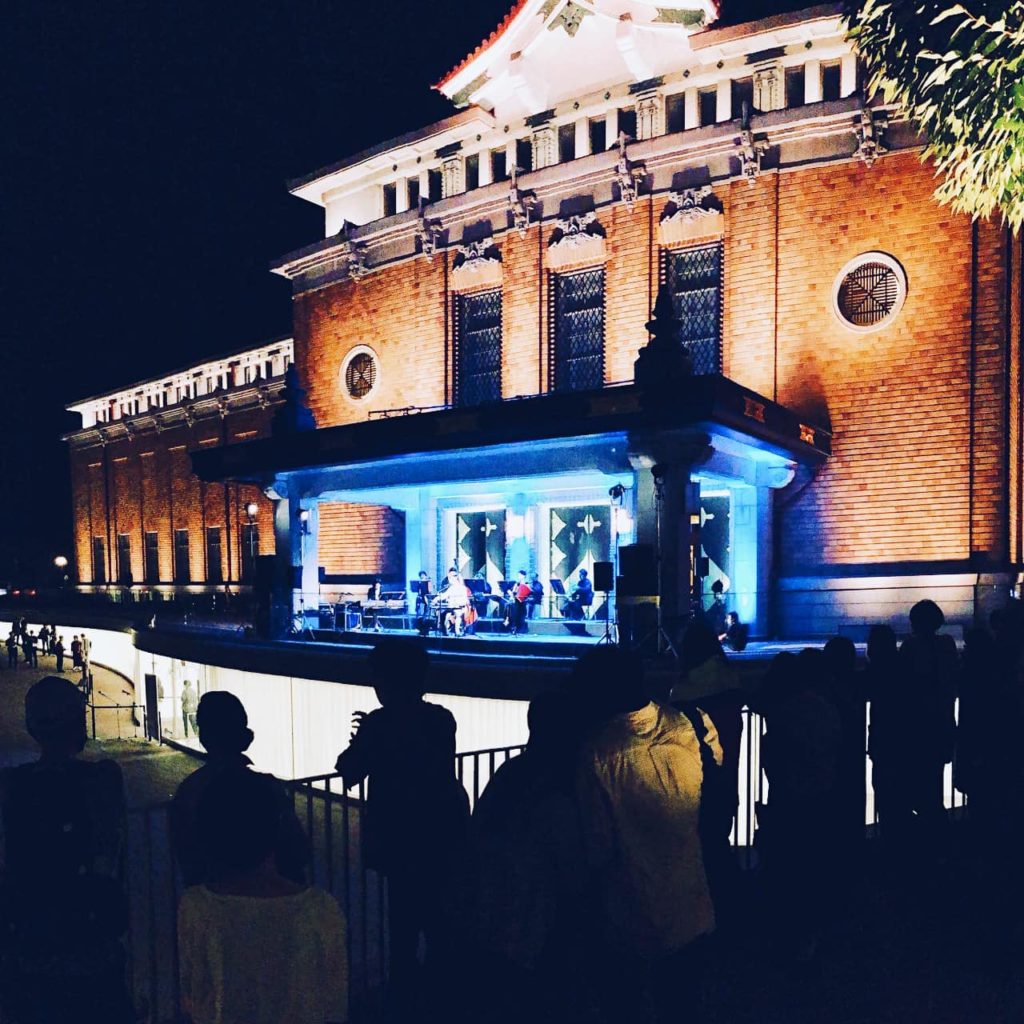
2021
Taro and Oorutaichi launched the gagaku project Donburako and released their first album Kemono as a special analog record edition.
2022
The Donburako album Naked 1, which features recordings from various performances held in settings such as on boats and riversides, was released on tape.
In July, a gagaku performance was offered at Fukuura Shrine on Shodoshima Island, and between November and December, a Gagaku Exhibition was held at salon Chiune in Nasushiobara City.
In December, Donburako held a gagaku concert at Mifuji Kindergarten in Nasu Town.
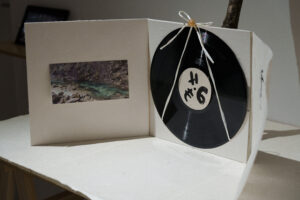
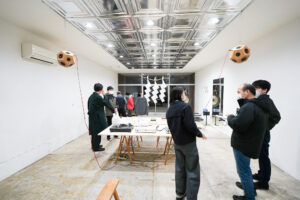

From 2021 to 2022, several new gagaku compositions emerged from Taro’s collaboration with Oorutaichi, with performances taking place in diverse locations. Behind his energetic activities, he had the following thoughts.
As AI rapidly advanced and began generating music, the question arose: What is music? Taro pondered, “We just need to do what AI cannot. But what does that even mean?”
For Taro, gagaku became the key to overcoming this uncertainty. He realized that music cannot exist without the shared consciousness and cultural connections between people.
Traditionally, music has been a way to venerate deities, honor nature, and offer respect to all living beings. It had meaning because it was created and performed by human hands.
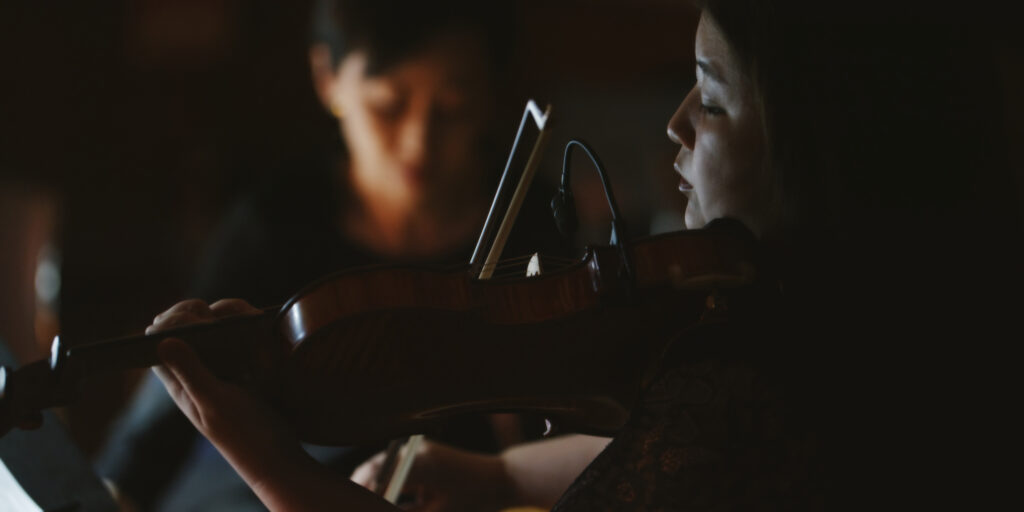
In 2023, Taro began Silence, a new project that fuses gagaku with Western music. The theme of the project was “non-music” (a term coined by Taro to describe music that exists outside traditional boundaries). The debut performance was held under the starry sky in Nasu Town, featuring instruments such as the biwa (performed by Kahoru Nakamura), the sho (played by Hanako Nakamura), violin (by Riri Tanaka), and cello (by Nanami Narita), combined with electronic elements added by Taro.
I had the opportunity to experience the concert firsthand. The Western instruments, which are normally tuned to 440Hz, were adjusted to match the 430Hz tuning used in gagaku, resulting in a haunting, unfamiliar resonance. It was a mysterious sensation. Each instrument's power directly resonated with my skin, my mind, and my heart. There was sound, yet there was also profound silence.
Silence allowed each instrument’s individuality to shine, as if the instruments themselves had come to life. The performers’ breathing became part of the music, blending into the night air of Nasu. As I walked home, I couldn’t shake the thought: “I want to become a creature of creation too.” This feeling still lingers within me.
The fusion of gagaku with Western music in Silence and the dynamic blend of gagaku with epic cinematic scores in the Hollywood production Shogun have both contributed to the birth of Taro's latest contemporary gagaku work, Ranjo, which will be released in 2024.
Stay tuned for Part 2: Taro as a Contemporary Gagaku Composer, where we will explore the new track set to release on November 1, 2024.
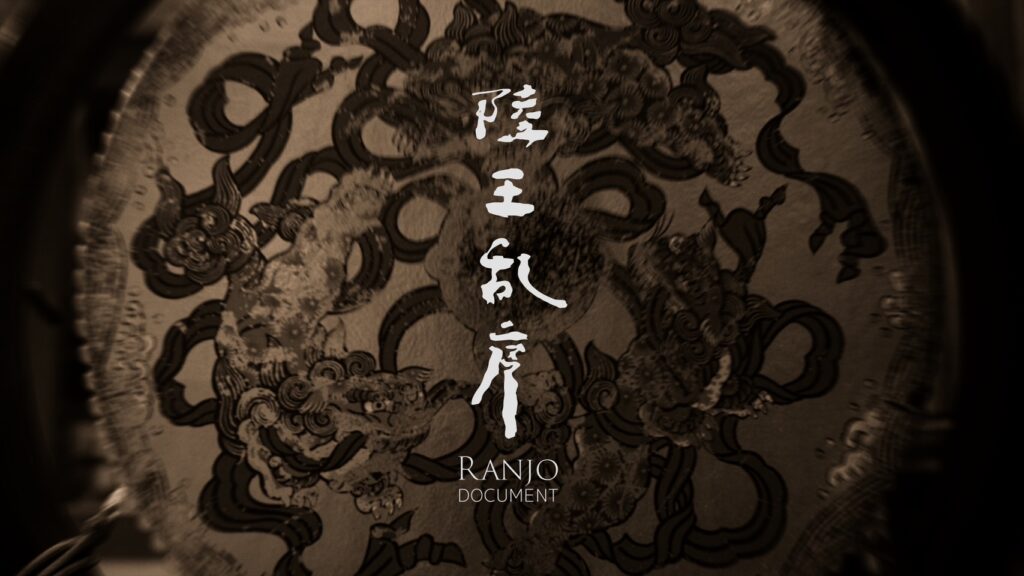
Written by Atsuko Aoyagi / ao.Inc.
#DailyThoughts #JapaneseTraditionalMusic #Composition
#Gagaku #ComposingGagaku #NonMusic #GagakuPerformance
#FilmMusic #CinematicMusic #SpatialMusic #GagakuStories #SideNotes
#WhyIs #Gagaku #Layer #AndMysterious